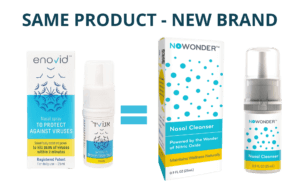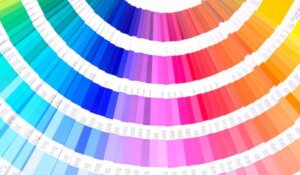Attention Deficit Hyperactivity Disorder (ADHD) is one of the most common neurodevelopmental conditions. It is currently being diagnosed in more than six percent of children in the USA. As well, it is believed that some of the symptoms will continue to show up in more than half of those children diagnosed with the disorder throughout their adult lives.
What are the Three Main Types of ADHD?
The usual definition of the condition is that it is a mental health disorder that results in behavioral problems. These fall into two different manifestations, one being primarily inattentiveness, and the other being primarily hyperactivity or impulsiveness. However, the great majority of people with the disorder display combinations of both of these sorts of behavior.
ADHD is usually diagnosed in children as they begin school.

The American Psychiatric Association groups ADHD into three broad categories:
- Predominantly hyperactive/impulsive
- Predominantly inattentive
- Combined inattentive-hyperactive
What are the Main Behaviors Displayed in the Three Types?
ADHD is a condition that causes a range of disruptive and hyperactive behaviors. Symptoms of the three types of ADHD often include some of the following behaviors:
- Predominantly hyperactive and/or impulsive. Impulsive behavior shows up as a tendency to blurt out answers or to not wait for their turn in class or games; taking risks, acting before thinking. Hyperactive behavior shows up as fidgeting and talking excessively, being constantly on the move for no reason. They have difficulty remaining in their seat even when expected and can’t stay on task, shifting from one to another without finishing tasks.
- Predominantly inattentive – where the child has difficulty in following instructions and finishing tasks. Inattention means the child has difficulty in focussing on tasks or shows a short attention span, with difficulty sustaining attention and listening to others or attending to details, along with forgetfulness. It may be the most challenging type to diagnose because the child doesn’t behave disruptively on the playground or in the classroom. Inattentive ADHD is the most common type among girls diagnosed.
- Combined inattentive-hyperactive – the most frequently diagnosed type of ADHD. The person will display both hyperactivity and inattention with some impulsiveness, an inability to pay attention, and higher-than-normal energy and activity levels. There is a spectrum of behaviors that at times appear to be inattention but at other times will show up as hyperactivity and impulsivity.
There are significant variations in symptoms between boys and girls, and this can affect the diagnosis. According to published studies by the Centers for Disease Control and Prevention, boys are three times more likely than girls to be diagnosed with ADHD. However, this is not because girls are less prone to the condition but rather because girls are more likely to have more subtle signs. Therefore, they are more challenging to identify.
How Do Doctors Decide Whether Your Child has ADHD and What Type?

Because ADHD shows up as a behavioral pattern, diagnosis depends on evaluating behavior that has been reported and observed from many sources, combined with the results of psychological testing. There are no physical tests that can either diagnose ADHD or indicate which type it is.
Usually, a mental health professional such as a pediatric psychiatrist or child psychologist will be able to detect whether a child has ADHD by gathering a history of the child’s behavior from parents and teachers and observing the child’s behavior directly. When there are indications of other underlying conditions, these may need to be confirmed or ruled out with physical tests so as to confirm a diagnosis of ADHD.
In the end, the doctor should be able to detect both the presence of the disorder and determine which type it is.
Try Zoomind for a an alternative, non-prescription treatment for children with ADHD.








